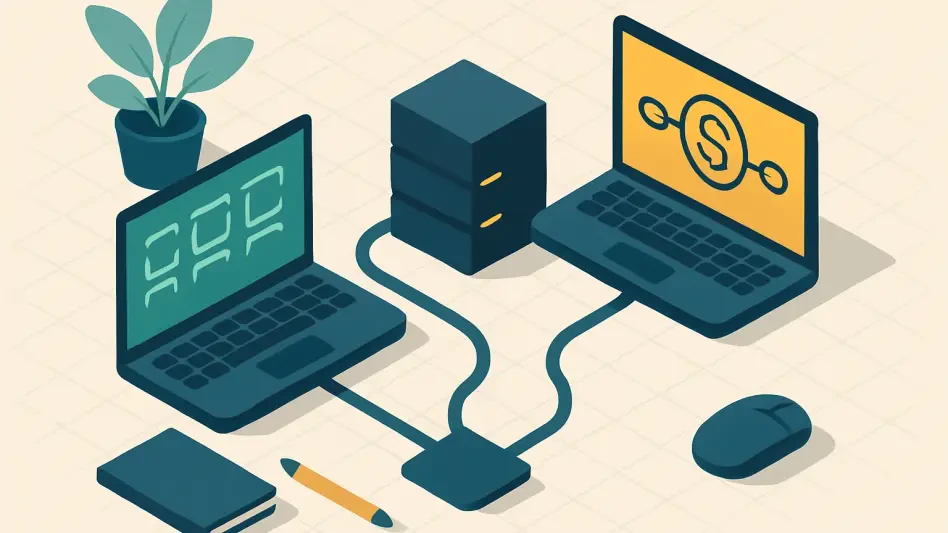The digital underworld has recently seen the emergence of a concerning offer, as an individual known as “GatewayPhantom” has listed a 0-day exploit of the Signaling System 7 (SS7) protocol on the dark web for $5,000. This revelation sheds light on the grim reality of global telecom security vulnerabilities. As an essential component of modern mobile communication, SS7 is subjected to a range of threatening exploitations, including SMS interception, phone tracking, and call eavesdropping due to unaddressed issues inherent in its design. GatewayPhantom’s exploit reportedly circumvents existing security measures, providing access to mobile networks without detection and highlighting the significant risk posed by malicious actors, whether state-sponsored entities, organized criminals, or investigative bodies.
Implications of SS7 Vulnerabilities
Critical Security Concerns Beyond Borders
Modern communication systems rely heavily on the SS7 protocol, an integral component used by telecom providers worldwide for managing calls and messages. Yet the protocol’s outdated design has left it susceptible to various security risks. The exploit offered by GatewayPhantom reportedly works against any provider using default SS7 configurations, affecting smaller telecom operators in developing nations, as well as regions in Europe and Asia. The package includes custom exploit code, alongside a list of targetable telecom systems and scripts to scan for exposed nodes. Experts like Dr. Elena Marquez are raising alarms over potential misuse, ranging from unauthorized surveillance to the theft of financial information via intercepted two-factor authentication codes. The exploit’s ability to bypass security protocols is deeply troubling, considering the breadth of impact across different regions.
Measures for Enhanced Protection
Prominent ethical hacking groups are stepping up efforts to scan for vulnerable SS7 nodes, urging operators to conduct thorough audits of their gateways and adopt more secure technologies like the Diameter protocol and AI-driven anomaly detection systems. By enhancing their infrastructure, telecom providers can significantly reduce the risk of exploitation. Users can also take precautions by avoiding SMS-based two-factor authentication and opting for encryption-enabled communication apps like Signal to safeguard their personal data. Moreover, keeping alerts active for any suspected login attempts adds a crucial layer of protection. These proactive measures are pivotal, especially amid broader industrial hesitance to upgrade SS7 systems due to cost concerns. With many providers deferring essential revisions, the risks linked to legacy infrastructure continue to loom large over critical systems.
Industry Response and Future Directions
Navigating the Path to Security
As cybersecurity experts work tirelessly to identify potential vulnerabilities and reverse-engineer exploit samples for effective patches, the pressure mounts on regulatory bodies to enforce stricter standards for telecom security. The disclosure’s claim of “12 confirmed buyers” underscores the urgency for decisive action. Providers are being pushed towards accelerated adoption of improved protocols, fostering resilience against such exploitations. Despite efforts from cybersecurity firms to implement patches and mitigate threats, achieving a comprehensive global solution might span several months. Nonetheless, the listing’s stark warning propels the industry towards prioritizing robust security practices to safeguard consumers and infrastructure alike.
Moving Towards Safer Networks
As cybersecurity specialists relentlessly strive to detect vulnerabilities and reverse-engineer exploit samples for effective patch development, regulatory bodies face growing pressure to enforce more rigorous telecom security standards. The disclosure that there are “12 confirmed buyers” heightens the necessity for swift and decisive action. Telecom providers are urged to quickly adopt upgraded protocols, enhancing their resilience to such threats. Despite cybersecurity firms’ efforts to patch vulnerabilities and lessen potential risks, achieving a comprehensive global solution might take several months. Nevertheless, the alarming message serves as a catalyst for the telecom industry to prioritize robust security measures. These enhanced practices are essential to protect both consumers and critical infrastructure. The urgency to address these challenges underscores the importance of collaboration among tech firms, regulatory agencies, and service providers to ensure a secure and trustworthy telecom network for all users.








